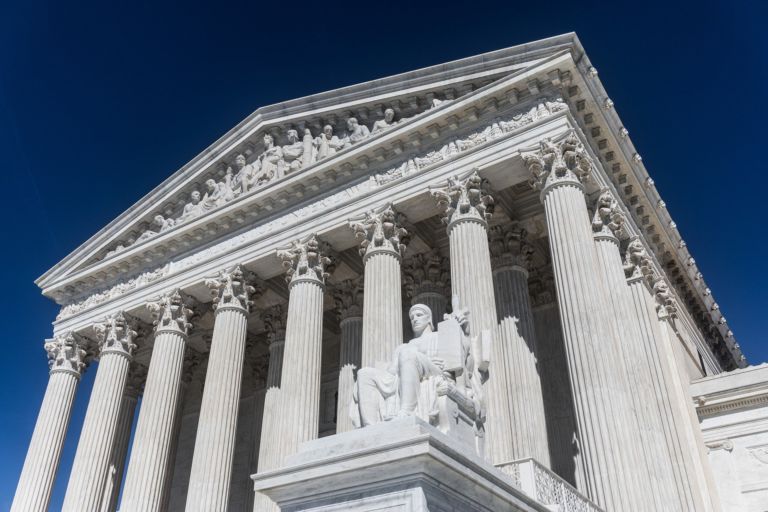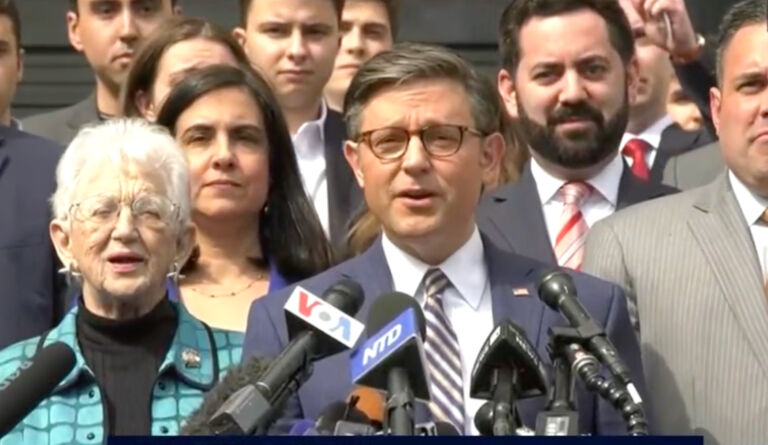Weekly John Locke Foundation research division newsletter focusing on environmental issues.
The newsletter highlights relevant analysis done by the JLF and other think tanks as well as items in the news.
1. Christy Testimony Debunks Climate Myths
Recently, climate scientist Dr. John Christy gave testimony to the U.S. Senate’s Committee on the Environment and Public Works. The title of his testimony was "Update on the Latest Climate Change Science: The Natural Occurrence of Extreme Weather." Dr. Christy is Distinguished Professor of Atmospheric Science, Alabama’s State Climatologist, and Director of the Earth System Science Center at The University of Alabama in Huntsville. He has served as a Lead Author and Contributing Author of IPCC assessments, was awarded NASA’s Medal for Exceptional Scientific Achievement, and in 2002 was elected a Fellow of the American Meteorological Society. Below are a few of the important conclusions regarding issues surrounding global warming that Dr. Christy reported on in his testimony. The testimony was published by the Science and Environment Policy Project and can be found here.
- Andreadis and Lettenmaier (2006) found that for the Midwest, "Droughts have, for the most part, become shorter, less frequent, less severe, and cover a smaller portion of the country over the last century."
- Referring to record high temperatures for each state, "The occurrence of the records by decade makes it obvious that the 1930s were the most extreme decade and that since 1960, there have been more all-time cold records set than hot records in each decade." (See graph on page 3 of the testimony.)
- "The clear evidence is that extreme high temperatures are not increasing in frequency, but actually appear to be decreasing. The recent claims about thousands of new record high temperatures were based on stations whose length-of-record could begin as recently as 1981, thus missing the many heat waves of the 20th century. Thus, any moderately hot day now will be publicized as setting records for these young stations because they were not operating in the 1930s." (See graph on page 4).
- Looking at month-by-month records of the percentage of U.S. land area that is classified as moderate to extreme for dryness and wetness (1900-2010) from NOAA, "There is a tremendous amount of variability (near zero to near 80 percent), but no long-term trend." (see graph, p. 8)
- On the question of whether heavy snowfalls in many parts of the country during 2009-2010 and 2010-2011 were caused by human induced global warming Christy quotes NOAA,
They found no evidence — no human "fingerprints" — to implicate our involvement in the snowstorms. If global warming was the culprit, the team would have expected to find a gradual increase in heavy snowstorms in the mid-Atlantic region as temperatures rose during the past century. But historical analysis revealed no such increase in snowfall.
- Comparing predictions of 34 different models used by the IPCC to the actual climate results (See graph on page 13), Christy finds that,
"The evidence indicates the models on average are over-warming the planet by quite a bit, implying there should be little confidence that the models can answer the question asked by policymakers. Basing policy on…real data seems more prudent than basing policy on…model output. Policies based on [real data] would include adaptation to extreme events that will happen because they’ve happened before."
Recently this point has become particularly relevant to North Carolina and the debate over sea level rise. The issue in the General Assembly has focused on whether policy regarding future sea level rise should use actual data or model predictions as the basis for land use policies along the coast.
In 2009 Dr. Christy was featured in a debate on climate change with Dr. William Schlesinger, former Dean of the Nicholas School of the Environment at Duke.
2. Ozone Report
The 2012 ozone season began on April 1 and each week during the ozone season this newsletter reports how many, if any, high ozone days have been experienced throughout the state during the previous week, where they were experienced, and how many have been recorded during the entire season to date. The ozone season will end on October 31. All reported data is from the North Carolina Division of Air Quality, which is part of the state’s Department of Environment and Natural Resources.
During the period August 13 to August 19, there have been no reported high ozone readings on North Carolina’s ozone monitors. Since the beginning of the ozone season, there have been 111 high ozone readings over 16 days on North Carolina monitors.
Click here for the Environmental Update archive.


